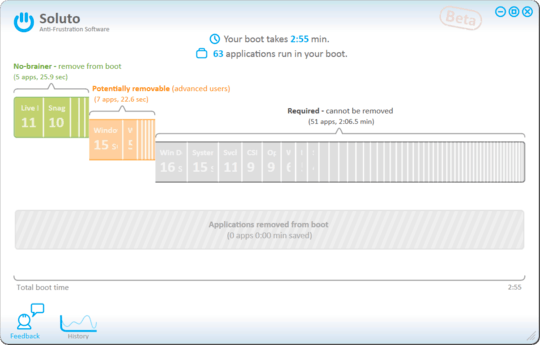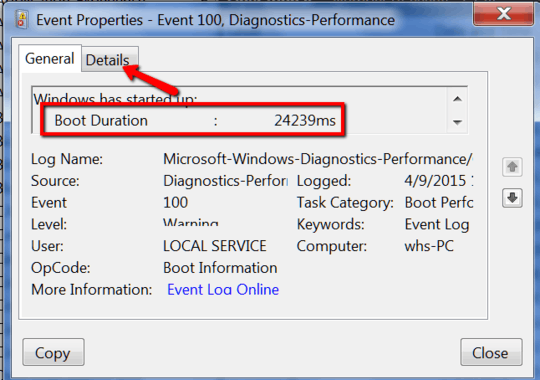43
33
When I start my PC, it boots into Windows (Windows 7 32-bit) quite happily, I login and the main Windows screen appears. At that point, however, the system is extremely unresponsive for up to 5 minutes - if I click on Firefox to start it, nothing appears to happen for a long time, etc, etc. The mouse and Windows UI is responsive, but programs take forever to start, webpages seem to hang (or at least load extremely slowly) and so on.
I imagine that the issue is with one or more programs that run on startup, but I don't know quite how to identify which one it might be. The event log shows nothing of any obvious interest. I can't see any high CPU activity in task manager or Process Explorer, and I can't hear any high disk activity.
I'd rather understand what's happening and then work out how to address it, than have to go for a blind "switch things off and see what helps" approach, but maybe that's being optimistic :-)
I suspect disk bottlenecks or network, but I don't know how I could set something up to diagnose this (and in particular, given that I can't get programs to start in a timely manner, I'd prefer something that automatically starts and logs data for later analysis than something like Process Explorer, which always leaves me worrying that by the time it started the problem had gone away :-)
I guess my ideal would be 2 things:
Something that gave me an overall "what are the current key bottlenecks in this system" summary (ideally, which could be set to run in the background and collect data for later analysis).
Some means of starting a program (say, Firefox) and have it record what was going on in terms of waits and delays in the system.
Unfortunately, I've never really found anything like either of these.
I'm not a professional systems admin - my background is database admin - so if there are "obvious" tools to look at or try, then I'd be grateful to know of them (particularly if the information they give is easy for an amateur to analyze) :-)


This is a good question, but the answer at the other question is better. – music2myear – 8 years ago